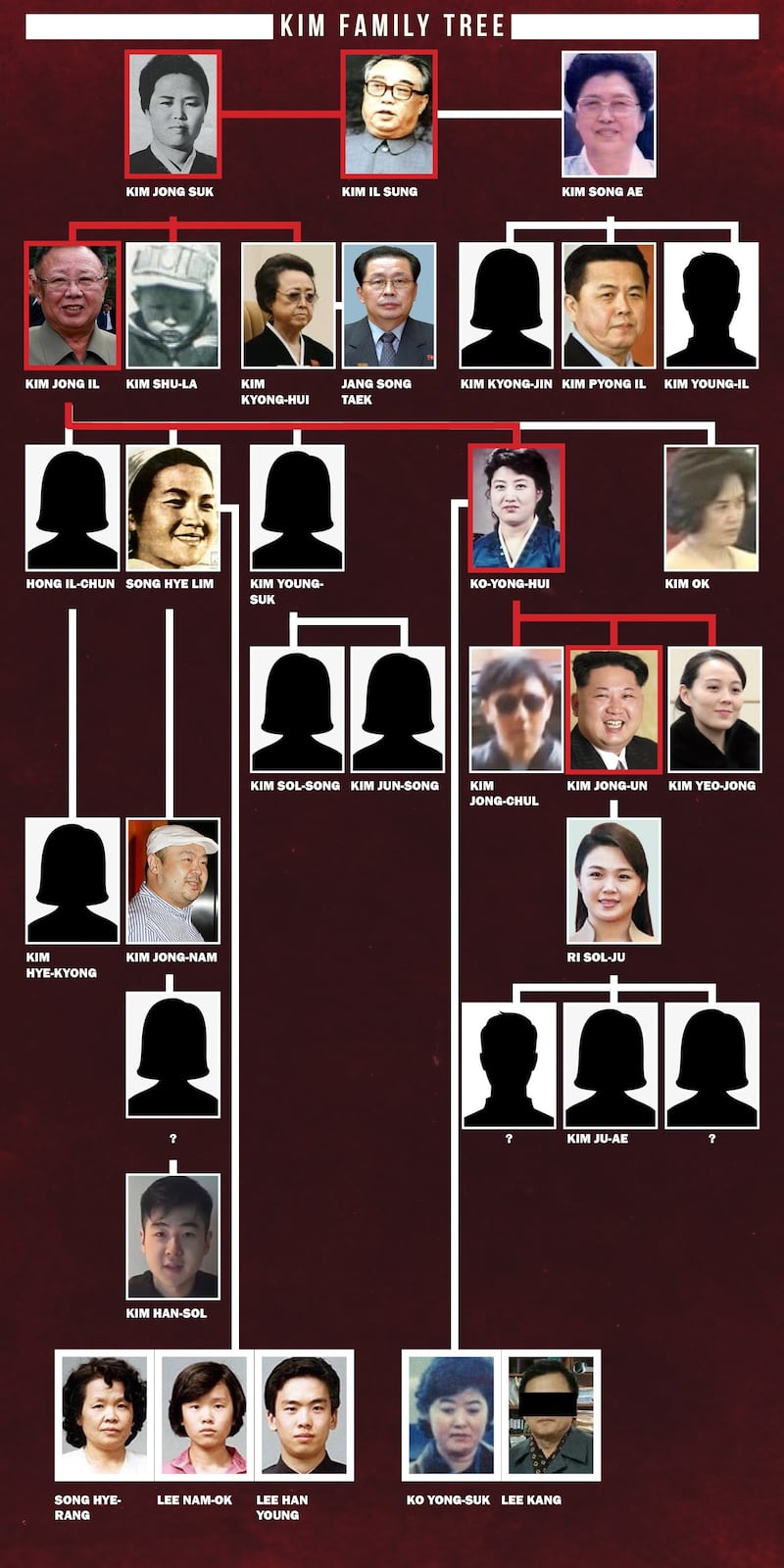Supreme Leader Kim Jong Un, 36, has been the face of the country since he inherited power on the death of his reclusive father Kim Jong Il (1942-2011), holding historic summits with U.S. President Donald Trump and other leaders, and trying to end Pyongyang’s pariah status in world affairs.
Kim Yo Jong, meanwhile, has emerged as the face of North Korea’s belligerent campaign against Seoul for allowing anti-North Korean activists based in the South to send balloons carrying anti-Kim leaflets across the border. Earlier she played a prominent role in summit diplomacy with South Korea.

Kim Yo Jong, 32, appears to be on a short list of potential successors to her brother, whose disappearance from public view for three weeks in April 2020 raised health questions and speculation about who would be next in line.
When Kim Jong Un emerged smiling at a staged event at a fertilizer factory on May 1, 2020, he put to rest wilder speculation that he was dead or incapacitated.
But no explanation for his absence was offered, and his relatively few public appearances since then have kept alive the question of who will succeed him at the helm of an impoverished, nuclear-armed country that has been ruled by one family since it was set up with help from the Soviet Union in 1948.
Some North Korea watchers see Kim Yo Jong performing the confidante role with her brother that her father, Kim Jong Il, once played for Kim Il Sung as he accumulated experience in a long apprenticeship from the 1970s to the early 1990s. Some analysts say recent state media use of the term “Party Center” without specifying any individual follows the pattern Kim Jong Il’s early political rise.
North Korean hagiography holds that Kim Jong Il was born on Mount Baekdu, a sacred mountain on the Sino-Korean border that was the birthplace of Dangun, the mythical first Korean. Sharing the so-called “Mount Baekdu Bloodline” would help Kim Yo Jong’s prospects as successor, some observers believe.
If Kim Jong Un insists on keeping leadership in the family, he doesn’t have many choices beyond his sister. Kim Jong Il’s 65-year-old half-brother, Kim Pyong Il, a retired diplomat, has been mentioned, but lacks his niece’s public profile. An elder half-brother named Kim Jong Nam was assassinated in a bizarre chemical attack at a Kuala Lumpur airport in 2017, for which North Korean agents were blamed.
A U.S. Congressional Research Service analysis published after Kim Jong Un’s absence from public view in April said Kim Yo Jong “is among the most likely” choice of successors, adding “but analysts wonder whether a woman could become the leader, particularly if not designated as successor by her brother.”
